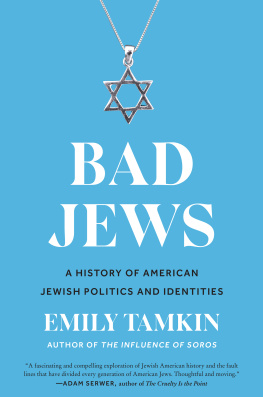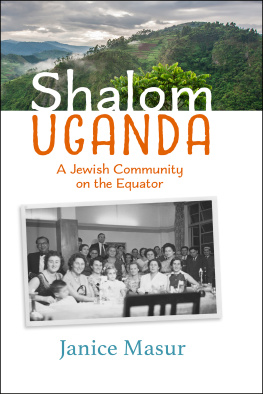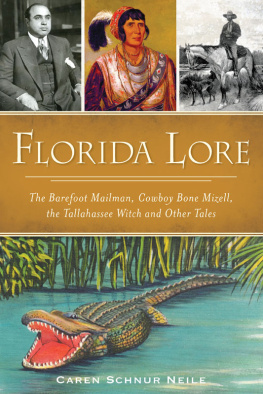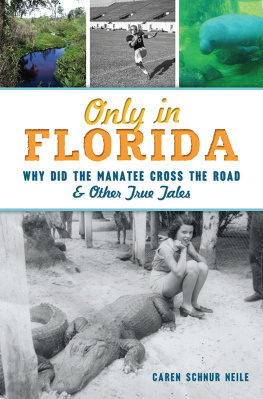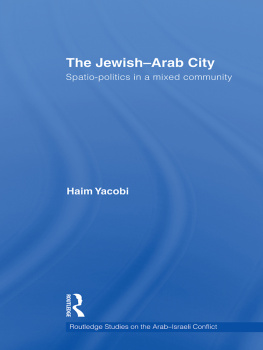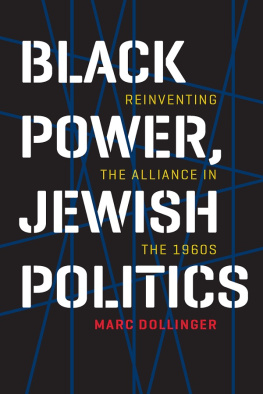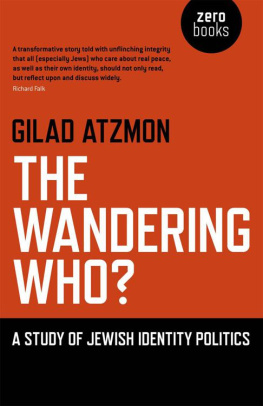2013
University of Southern California
Casden Institute for the Study of the
Jewish Role in American Life.
All rights reserved.
Production Editor, Marilyn Lundberg
Cover photo:
The delicate balance between Jewish and American identity is reflected in this photograph of a Jewish citizen in front of the US flag by Middle Eastern photographer Selim Aksan.
Courtesy of iStockphoto contributor selimaksan (File #13030976).
Cloth ISBN 978-1-55753-659-4
ePDF ISBN 978-1-61249-299-5
ePUB ISBN 978-1-61249-300-8
ISSN 1934-7529
Published by Purdue University Press
West Lafayette, Indiana
www.thepress.purdue.edu
Printed in the United States of America.
For subscription information,
call 1-800-247-6553
Its hardly surprising. In the course of putting together, in collaboration with our various guest editors, this Annual Review of the Casden Institute for the Study of the Jewish Role in American Life, we have focused on a broad variety of topics, and areas of research and interestindeed, from my standpoint, the broader the better. Yet in many if not most of the articles we have published there has tended to be an underlying theme that always seems to be there. Politics. As I said, it is hardly surprising that most everything worthy of consideration about Jews in America has a political dimension. Arguably, politics is a kind of black hole for American Jews, around which the entire galaxy of all their conceptual and cultural endeavors inevitably turns.
Considering this, perhaps it is surprising that through the first ten volumes of the Annual Review we have not yet placed our central focus on politics in an American Jewish context per se. This Volume 11, entitled American Politics and the Jewish Community, intends to address this oversight, and we could have no better choice for doing this than our guest-editor for this collection of essays, Dan Schnur. Prof. Schnur looks at American politics from an especially appropriate vantage point here at the University of Southern California, in his role as the first director of the Jesse M. Unruh Institute of Politics in the David Dornsife College of Letters Arts & Sciences. The Casden and Unruh Institutes have formed a natural and close alliance that has resulted in a number of collaborative projects over the years through which we have creatively considered how Jewish American culture and politics so easily yet intricately superimpose upon one another. So when we decided to focus on American politics and its relationship to the American Jewish community, it was both a wise and easy decision to choose Prof. Schnur to be our guide. And, as you read the essays that follow, you will discover what a fine guide he has proven to be. So I want to take this opportunity to thank him for the many hours of effort he put into making this such an interesting and intriguing volume.
In the final analysis, politics often comes down to a matter of numbers. That is, political decisions are made or, perhaps better, affirmed, depending on how many people at a given time vote for this-or-that candidate for office and/or in support of a given agenda (overt or hidden) that given candidates represent. So Prof. Schnur has called upon a number of his colleagues in order to have them report on and interpret the implications of the demographics for Jewish voters in national (that is presidential and congressional) elections from the post-World War II period right up to the present day. Indeed, some of the statistics employed below come from surveys that encompass the 2012 national election and which have only just now been published in 2013.
What they show is a remarkably consistent pattern that brings to my mind a paraphrase of the question annually posed at Passover (here, with slight political adjustment): Why is the Jewish-American voting-bloc different from all other national voting blocs? Or to put this another way, we might well ask: Why does there seem to be no Republican elephant in most Jewish living rooms? In one way or another, these two issues are well addressed in the various essays that comprise this Annual Review, and I have no doubt that our readers will enjoy assaying how and why the numbers crunch so intriguingly as shown in the studies, below.
As always is the case, there are a number of people that I gratefully acknowledge for making this Annual Review possible. Charles Watkinson and Katherine Purple at Purdue University Press have been unusually patient with us this time around. This volume came together a bit more slowly than one would have wished, and I am truly appreciative of their maintaining a consistently tolerant and encouraging attitude rather than (as I am sure they must have felt from time to time) conveying their exasperation. On our end, Lisa Ansell, Associate Director of the Casden Institute, and Marilyn J. Lundberg, who has done her always meticulous job of production editing for our Annual Reviews, made sure that everything fell into place. I really do not know how I would manage without them. The support of the Dean of Dornsife College, Steve Kay, and of the University Provost, Beth Garrett and, of course, our University President, C. L. Max Nikias, continues to be essential to the overall success of the Casden Institute, in general, and this volume, in particular. Most of all, our stalwart friends and supporters, Ruth Ziegler and Alan Casden have our thanks and appreciation, for without them, there would be no Casden Institute.
This last year has been one of departures. We very much regret that our long time friend, advisor and mentor, Susan Wilcox, has decided to leave her position as Associate Dean for Dornsife Development to take another position outside the University. Her successor in Dornsife Development David Eshaghpour has already proven to be a fine colleague who has gone out of his way to show us that the welfare of the Casden Institute is his high priority.
Far more sad for all of us is the death during this last year of one of the most constant supporters of the Casden Institute, Carmen Warschaw. I am now especially grateful that we had an opportunity to dedicate a previous volume of this Annual Review two years ago in her honor, so we could publicly acknowledge to herand in memory of her late husband Louishow important their commitment to Jewish studies in America has meant to USC. It is gratifying that the Warschaw family, and in particular Carmens and Louis daughter Hope, continue to play an active role in shaping the Casden Institutes future endeavors, especially in regard to the Warschaw Lectures, named in Carmens and Louis honor.
The most prestigious and venerable lecture series at USC focused on Jewish culture is the Nemer Lectureolder by a number of years than even the Casden Institute, itself. This lecture was named after Jerry Nemer and funded by the Nemer family in order to ensure that USC will remain engaged in a consideration of Jewish thought, thanks to the stellar lecturers that have come to USC, year after year. It was always my particular pleasure to sit next to the matriarch of the Nemer family, Harriett, Jerrys wife, during each and every Nemer Lecture. She would often put her hand on my arm and squeeze it when she thought the lecturer made a particularly telling point. I knew how good a lecture was based on how many squeezes I got.




